Tyres and wheels
Discover the best way to check your tyres and wheels to ensure safe journeys
Check you're safeTyre maintenance is an important issue to which all Club members should pay attention. Sammy Faircloth sets out some handy advice.
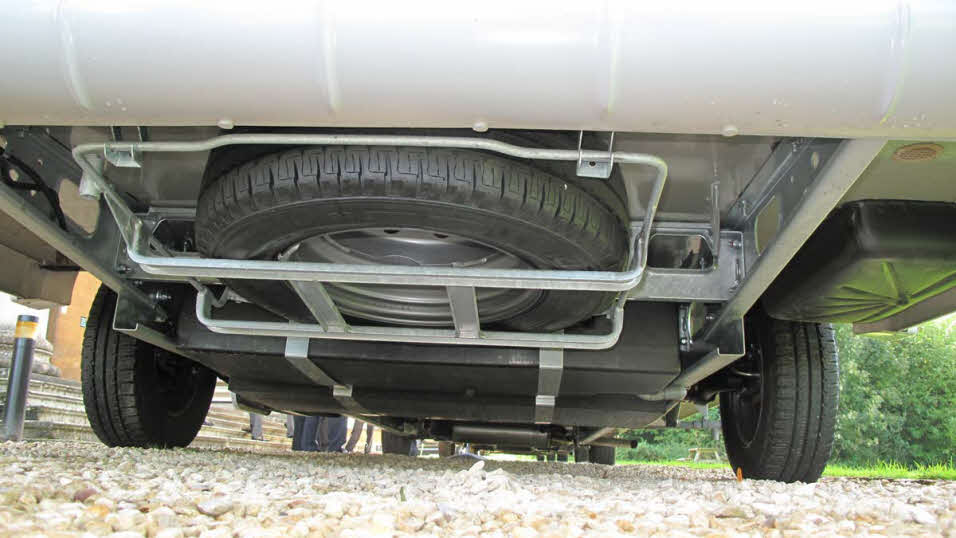
When taking our caravans and motorhomes out of storage and preparing for another great escape, there are a few safety checks and tasks that should be carried out before you hit the open road – today we will be concentrating on your outfit’s tyres.
Tyre treads are designed to offer good grip on wet roads, and to comply with regulations throughout Europe the minimum groove depth should be 1.6mm around the entire circumference and across the central three-quarters. Place a 20p coin into the main tread grooves of the tyre. If the outer band on the coin is obscured when inserted, then the tread is within the legal limit – check at least three locations around each tyre. Look out for cracking or bubbling on the walls of your caravan or motorhome tyres. This can occur when tourers are left stationary for long spells – particularly during winter lay-ups.
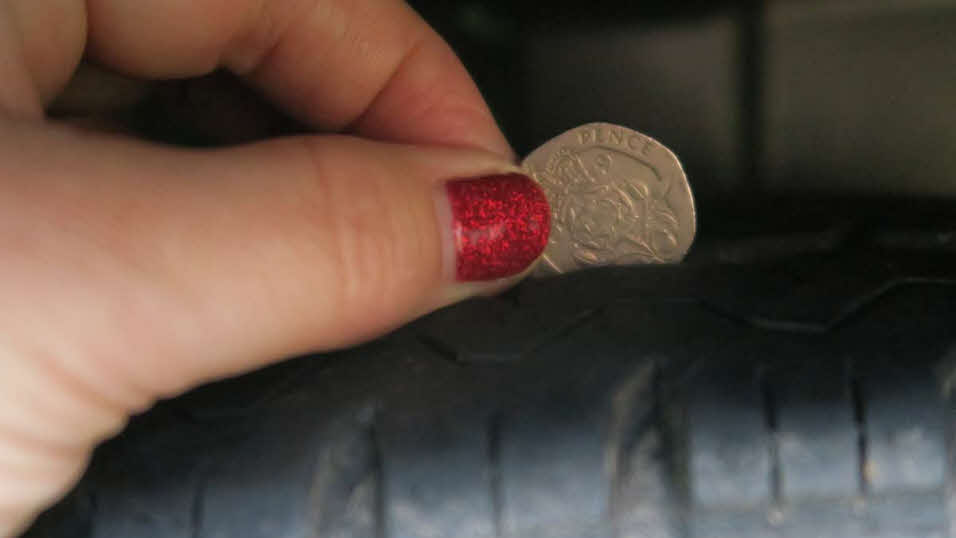
In such circumstances, the same section of tyre wall is taking all the strain and sustaining long-term damage. Damage can be minimised by moving the caravan or motorhome enough each month to ‘flex’ the tyres, which helps to keep them supple. Exposure to the sun can play a part in ageing a tyre. Place covers over your tyres or park your caravan or motorhome in a garage/undercover to reduce the risk of weather damage.
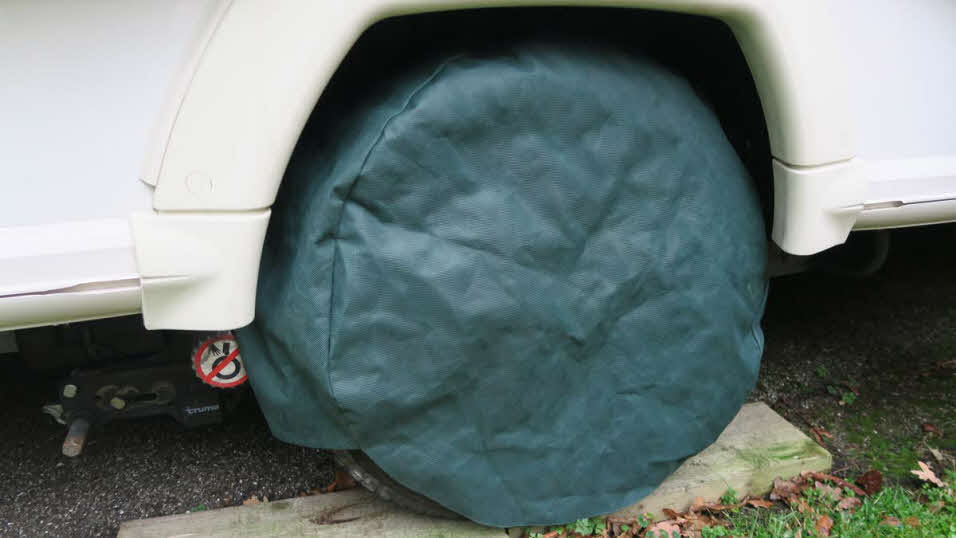
Tyres have a life expectancy of around five years (this can be less due to factors such as those mentioned above) and the Club advises that you never use them after they are seven years old. To find out the age of a tyre, take a look at the sidewall and find the code for its date of manufacture – usually a four-digit number. For example, if you find the code ‘3011’ on a caravan tyre, it means it was manufactured during the 30th week of 2011. So it should have been changed at the end of July 2016. It’s worth bearing in mind that your tyres could be older than your caravan or motorhome. For an in-depth analysis of tyre sidewall markings, visit the TyreSafe website.
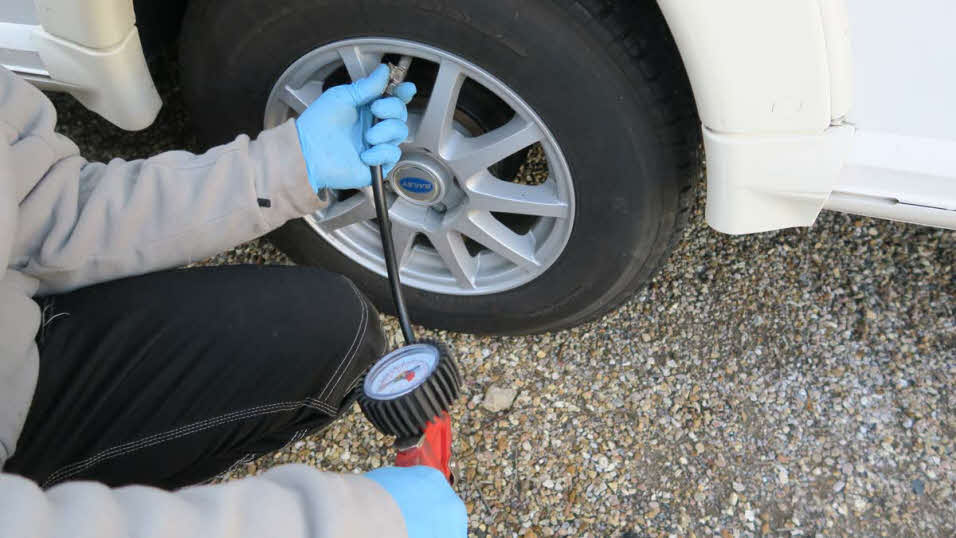
The life expectancy of a tyre is also dependent on it being inflated to the correct pressure. With motorhomes, there can sometimes be uncertainty due to conflicting information; so compare both the base vehicle manufacturer’s and the converter’s advice, if applicable. Usually, the converter’s advice recognises changes made during the adaptation process and is more relevant.
For safety and stability reasons it is essential that all tyres are correctly inflated on your caravan or motorhome. There are numerous tyre pressure gauges on the market, from compact pencil gauges to small and inexpensive digital models and more costly dial gauges. You could consider a tyre pressure monitoring system from a provider such as TyrePal. With its system, electronic caps are locked onto the tyre valves; these continuously measure pressure and feedback to a monitor. The monitor alerts the driver both visibly and audibly if there is a puncture, low or high pressure or overheating.
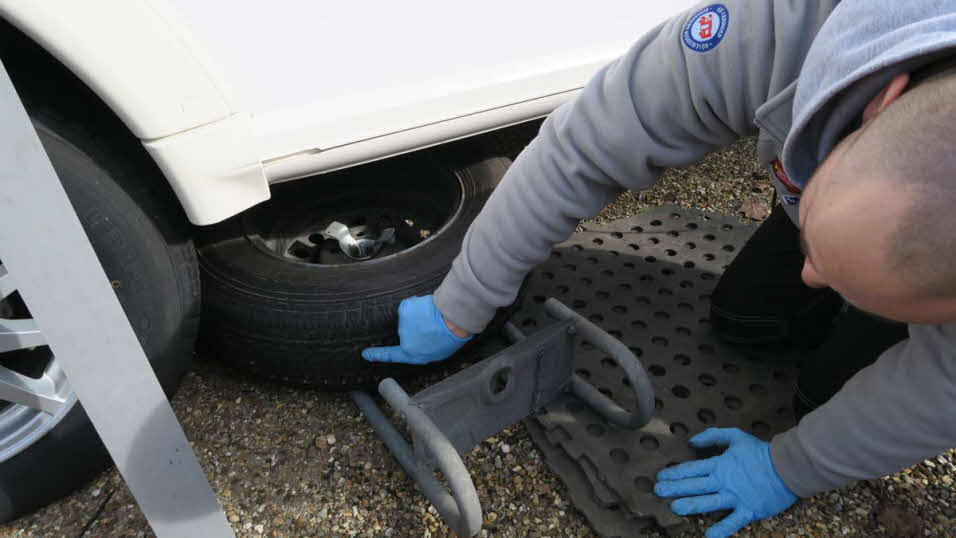
Don’t forget to check the status of your spare tyre. Under most modern caravans, the spare wheel is housed on a telescopic, tubular wheel carrier. These can get rusty and sticky, so operate them regularly and lubricate when required. The last thing you want is to be unable to retrieve the spare at the side of the road in an emergency. With regard to motorhomes, the accessibility of spare wheels varies a lot and they weigh far more than caravan spares. If you have any doubts about your ability to retrieve, inspect or replace an underfloor spare, get it done by a dealer. A spare’s condition should be routinely evaluated during a vehicle’s service, but it’s better to do it more often.